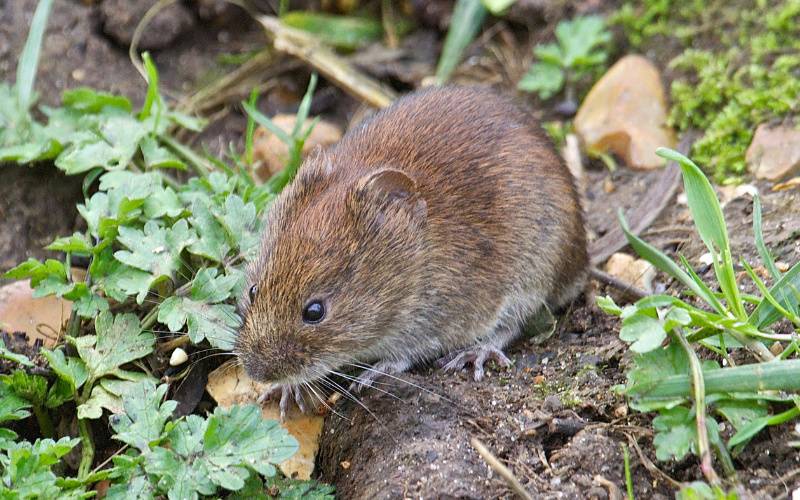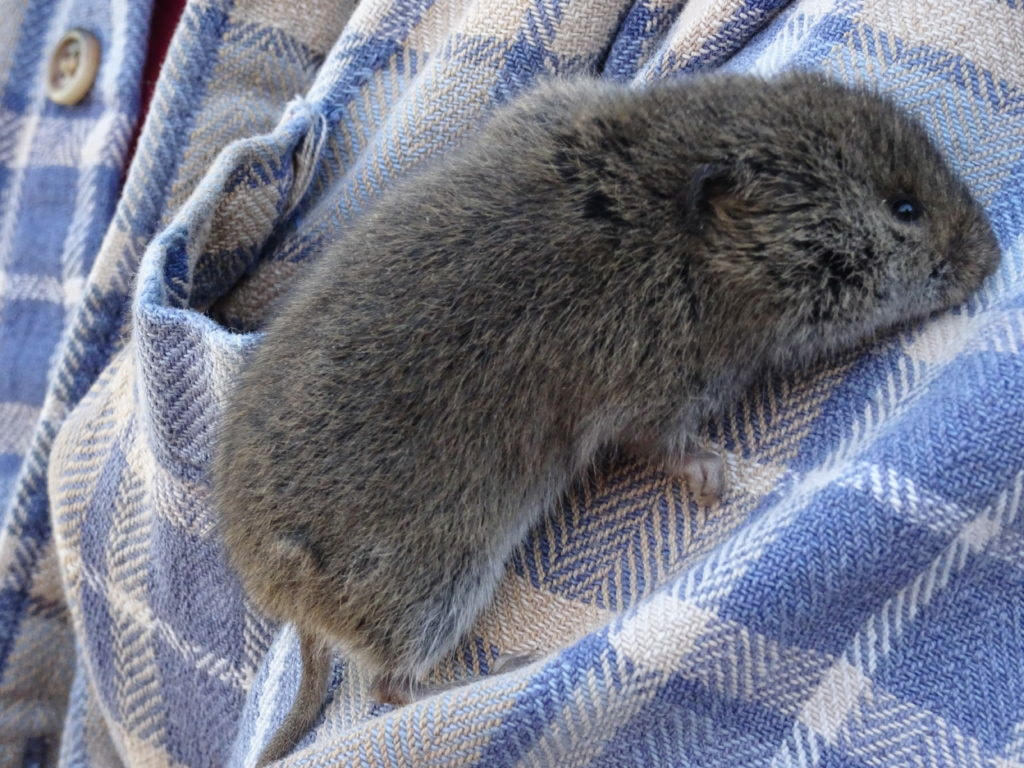Comprehensive Overview to Reliable Vole Parasite Control: Invasion Identification and Therapy Techniques
In the realm of effective bug control, vole invasions position an unique obstacle that demands a strategic approach. These tiny rodents, frequently mistaken for computer mice, can wreak havoc on yards, grass, and crops if left unchecked. Determining the indications of vole existence and implementing targeted therapy methods are important components of a successful parasite administration strategy. By exploring the subtleties of vole behavior, comprehending key signs of problem, and assessing a variety of control options, one can establish a comprehensive technique to battle these elusive bugs.
Recognizing Vole Behavior
Vole habits is identified by their tunneling behaviors and rapid reproduction prices, making them a tough parasite to control efficiently. These tiny rats typically create elaborate tunnel systems underground, using them for sanctuary, food storage, and transportation. Voles are herbivores, taking in a variety of plants, roots, bulbs, and turfs, which can cause significant damage to yards, orchards, and grass. Their quick reproductive rate additional complicates control efforts, with females capable of creating several trashes in a single year, each including a number of children.
Comprehending vole behavior is important for effective insect control approaches. By determining their burrow areas, keeping track of feeding locations, and executing targeted control methods, such as trapping or environment modification, vole infestations can be managed efficiently.
Signs of Vole Invasion

Avoidance Methods
Applying efficient avoidance strategies is important in lessening vole invasions and protecting greenery from their destructive feeding habits. To protect against vole problems, it is necessary to begin by getting rid of prospective food sources and sanctuary.
Routinely inspecting the building for signs of vole task, such as paths and burrow openings, is important for very early discovery and prompt activity. If vole activity is thought, take into consideration using traps or repellents purposefully positioned near their pathways.
Non-Lethal Control Methods
To successfully take care of vole populaces while focusing on humane methods, non-lethal control techniques use sensible remedies for reducing vole damage in landscapes and gardens. One effective method is the use of physical barriers such as hardware fabric or cable mesh to secure at risk plants. These barriers can be buried at the very least 12 inches go to website bent and deep at a 90-degree angle to stop voles from tunneling below. In addition, environment alteration can hinder voles by reducing their preferred food sources and hiding spots. Keeping a well-mowed grass, getting rid of particles, and maintaining plant life cut can make the setting less attractive to voles.

Lethal Control Options
One check here effective technique for attending to vole infestations in yards and landscapes entails the critical use deadly control options. When confronted with a serious vole problem that non-lethal techniques have actually fallen short to consist of, applying deadly control measures comes to be important. One generally utilized dangerous control option is making use of breeze catches. These traps are developed to promptly and humanely eliminate voles upon activation, making them a popular option for lots of garden enthusiasts and landscapers. To enhance the performance of breeze catches, it is recommended to place them in areas where Resources vole task is high, such as along paths or near burrow entries. Another lethal control choice is the application of toxic baits particularly developed to target voles. These lures have poison that is ingested by the voles, resulting in their ultimate death. Care has to be worked out when making use of toxic baits to avoid damage to non-target pets or pet dogs. On the whole, when employing lethal control options, it is important to do so sensibly and based on regional laws to efficiently handle vole problems.
Verdict
Finally, effective vole parasite control needs an extensive understanding of vole behavior, recognition of signs of problem, application of prevention approaches, and usage of both deadly and non-lethal control methods. By incorporating these approaches, people can efficiently take care of vole populations and safeguard their residential property from damage. It is vital to attend to vole invasions promptly to stop additional concerns and lessen the effect on the surrounding setting.
Offered the elaborate passage systems and quick reproduction rates particular of voles, acknowledging the indications of vole invasion becomes important in effective parasite control. One of the key signs of vole presence is the existence of surface paths or trails in yard or snow, typically concerning 1-2 inches large, created as voles take a trip in between their burrows and food sources.To successfully take care of vole populations while prioritizing gentle methods, non-lethal control methods offer functional remedies for decreasing vole damages in gardens and landscapes.One reliable technique for attending to vole invasions in landscapes and yards entails the calculated usage of dangerous control alternatives. vole yard damage.In verdict, reliable vole bug control calls for a detailed understanding of vole habits, recognition of signs of invasion, application of prevention methods, and usage of both deadly and non-lethal control techniques